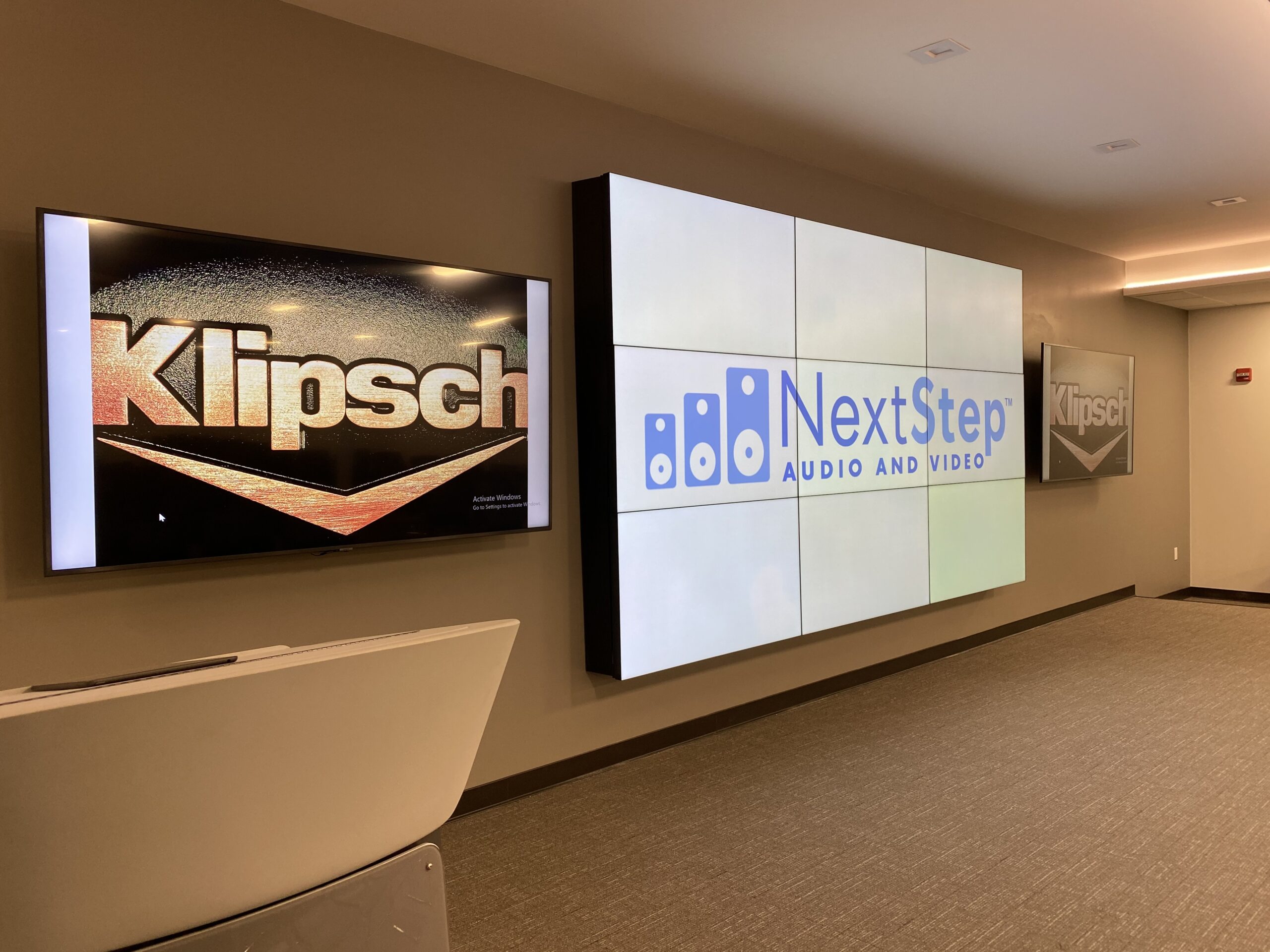Revolutionizing Transmission through Innovative Sound over Internet Protocol Solutions toward a Connected Tomorrow
The realm of media is undergoing a significant shift thanks to cutting-edge audio over IP (AoIP) solutions. These advancements are changing the way audio content is produced, delivered, and consumed. Audio over IP refers to the approach of sending audio streams over a computer system, utilizing Internet Protocol (IP) instead of conventional analog methods. This transition not only enhances the quality of audio delivery but also provides media professionals with more flexibility and control over their content.One key advantage of audio over IP systems is its capability to link various devices and technologies seamlessly. Classic broadcasting frequently depended on intricate cabling and physical links, which could be cumbersome and restrictive. With AoIP, broadcasters can easily connect mics, mixers, and additional devices through a common infrastructure. This integration allows for off-site broadcasting and live streaming from almost any location, making it simpler to reach listeners across the world. As a result, broadcasters can react quickly to current issues and audience requests, leading to more dynamic and captivating content.
Moreover, AoIP technology facilitates high-quality audio formats that enhance the listening experience. Unlike conventional broadcasting techniques, which may diminish sound standards, audio over IP can preserve the integrity of the audio signal throughout the delivery process. This implies that listeners can enjoy clearer and more detailed sound, whether they are listening in via terrestrial radio, broadcasting over the internet, or using portable devices. The capability to provide premium audio is particularly important for music and talk shows, where every detail matters to the audience.
Moreover, the implementation of audio over IP technologies can lead to financial efficiencies for broadcasters. By using existing network infrastructure, organizations can eliminate the need for expensive hardware and large-scale cabling. This not only lowers initial costs but also decreases operational expenses over time. Broadcasters can allocate resources more efficiently, investing in production and human resources growth. As a consequence, the entire media industry can benefit from increased innovation and creativity, as funds are redirected toward improving programming and engaging with audiences.
In conclusion, the transition towards audio over IP technologies is transforming the navigate here media landscape. By allowing seamless connections, enhancing audio quality, and reducing costs, AoIP is paving the way for a more connected future in media. As broadcasters continue to adjust to these developments, they will be more prepared to meet the needs of their audiences, produce captivating programs, and stay competitive in an constantly changing industry. The prospects of broadcasting is promising, and audio over IP will take a key role in defining the manner in which we interact with audio programming in the years to come.
